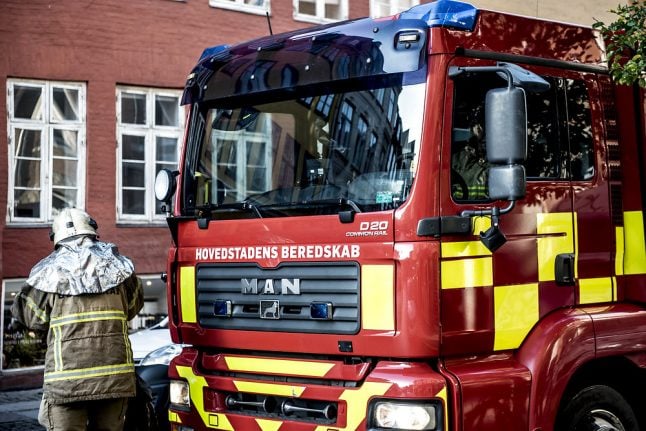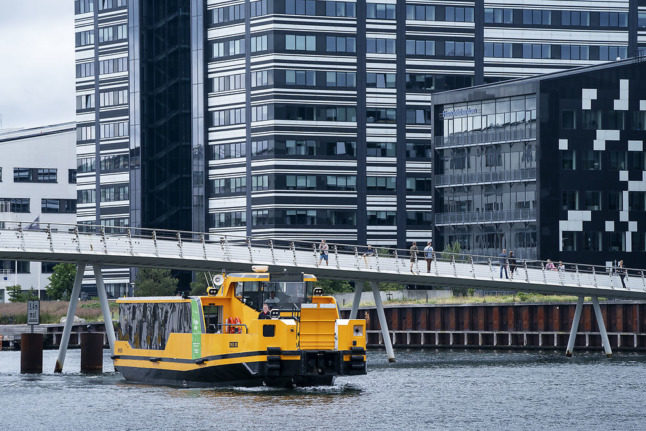Knowing the right number to call will ensure a faster response in a situation where time is critical.
Who to call in emergency situations?
112 is the national telephone number which must be used to contact police, fire services or ambulance services in emergencies.
The number can be used in situations where there has been an accident, serious crime or if a fire has broken out. Break-ins are considered an emergency if the perpetrator/s are still inside the premises.
Imminent danger to life, buildings or other immediate surroundings are all situations in which the emergency number would be called, requiring immediate response from police, fire services or an ambulance to be dispatched.
When you get through to the emergency switchboard, you should have the following information ready:
- What you need (police, ambulance, fire services)
- What has happened
- Where it happened
- How many people may be injured
Some handy phrases:
Der har været et trafikuheld. There has been a car accident.
Der er brand. There’s a fire.
Jeg tror, der har været indbrud. I think there’s a break-in (going on).
Han/hun er kommet alvorligt til skade. He (she) is seriously injured.
112 works in all EU countries and is free to call from mobiles and landlines. Denmark also has an official 112 app, which enables you to initiate a 112 call while simultaneously sending GPS coordinates to the emergency switchboard, so help can arrive faster.
After you have made an emergency call, it is important to stay at the scene (whilst ensuring your own safety) and by your telephone, so you can provide further information if needed.
In non-emergency situations
114 is the service number for the police if you:
- Want to report a crime but do not require immediate police response
- Need information, help or advice, for example in relation to police permissions
- Have information or a lead you think might be relevant to pass on to the police
Some handy phrases:
Jeg vil gerne anmelde hærværk. I want to report vandalism.
Jeg har information vedrørende… I have information relating to…
Who to call about a critical medical emergency?
You can call 1813 if you have been hurt or fallen ill outside of normal doctors’ working hours. Operators on this number can provide you with an appointment at an emergency ward or acute clinic, advise you on what to do until you can contact your doctor, send an on-call doctor to you if necessary, or advise you to go to a hospital, also if necessary.
The number’s switchboard is staffed by experienced nurses who are trained in telephone consultation and advice. You can also speak to a doctor if requested.
If you think you need to attend an accident and emergency ward (Danish: akutmodtagelse or akutklinik, skadestue is an older word which is also still used), you should also call 1813 in advance of your arrival. This will help you to be seen in the right department and keep waiting times down.
The 1813 number can also be called if you need acute psychiatric help or advice or need to talk to someone in this regard.
If you have acute toothache or tooth injury, you can also call 1813 for referral for out-of-hours dental care.
Sources: Region Hovedstaden, Hovedstadens Beredskab
READ ALSO: Readers' tips: These are the best ways to save cash in Denmark



 Please whitelist us to continue reading.
Please whitelist us to continue reading.
Member comments